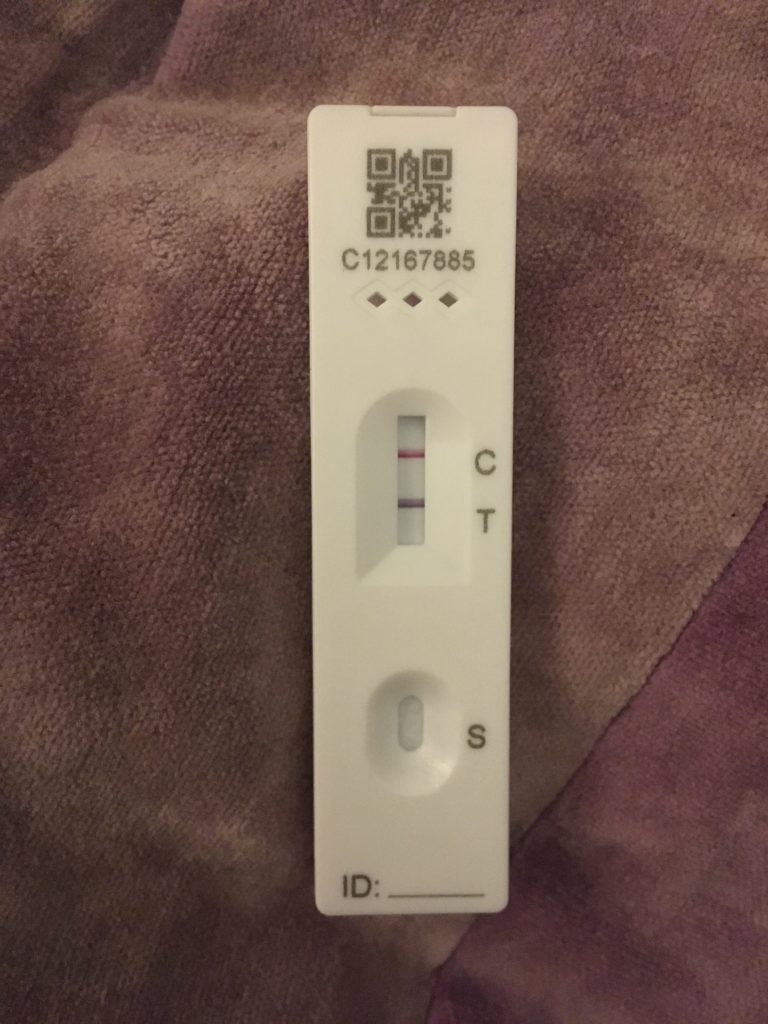Infection prevention and control clinicians and researchers at Oxford University Hospitals (OUH) have been outlining the OUH’s experience of deploying self-administered home-based lateral flow testing of its staff.

In a letter published in the Journal of Infection, they said that 46,503 home-based SARS-CoV-2 lateral flow tests had been performed by asymptomatic OUH hospital staff. Of these, 328 (0.7%) were positive.
The positive predictive value of these tests (the probability that subjects with a positive screening test truly have the disease) was 96%, while the false positive rate was just 0.03%.
In line with NHSE/I guidance, lateral flow testing of nasal swabs for asymptomatic NHS staff was introduced for OUH staff based on all hospital sites. Staff are expected to test themselves with a home testing kit twice a week, every three to four days, to fit their shift patterns. Between 23 November 2020 and 9 January 2021, 8,657 healthcare workers and support staff had carried out LFD tests.
These tests are in addition to the Trust’s existing asymptomatic staff PCR testing programme where a test is offered a maximum of every two weeks..
While lateral flow devices (LFD) are less sensitive than PCR tests, they were found to be effective at detecting cases with high viral loads.
Dr Katie Jeffery, OUH Director Infection Prevention and Control, said: “This lateral flow testing system has been an important way for us to help reduce the spread of COVID-19 in our hospitals. We’d like to thank all the thousands of staff who have participated and reported their results.
“Use of LFDs identified asymptomatic SARS-CoV-2 infections that would not otherwise have been detected, allowing us to act to reduce staff-to-staff and staff-to-patient transmission. These staff had high viral loads, and were potentially highly infectious. Although individuals with low viral loads may be missed, with testing happening at least twice per week, those with early infection and rising viral loads are likely to be identified,” she explained.
Although some doubt has been cast on the sensitivity of LFDs when used by the general public, the experience at OUH in healthcare workers demonstrated the utility of the tests when performed on a regular basis in detecting asymptomatic cases allowing them to self-isolate and for contacts to be traced to protect the workforce and our patients..
The letter concluded that kit failure rates and false positive results in this cohort of healthcare workers and support staff were sufficiently low to support the widespread use of LFDs in asymptomatic populations.
Researchers involved in analysing the findings of the OUH staff testing programme are supported by the NIHR Oxford Biomedical Research Centre.